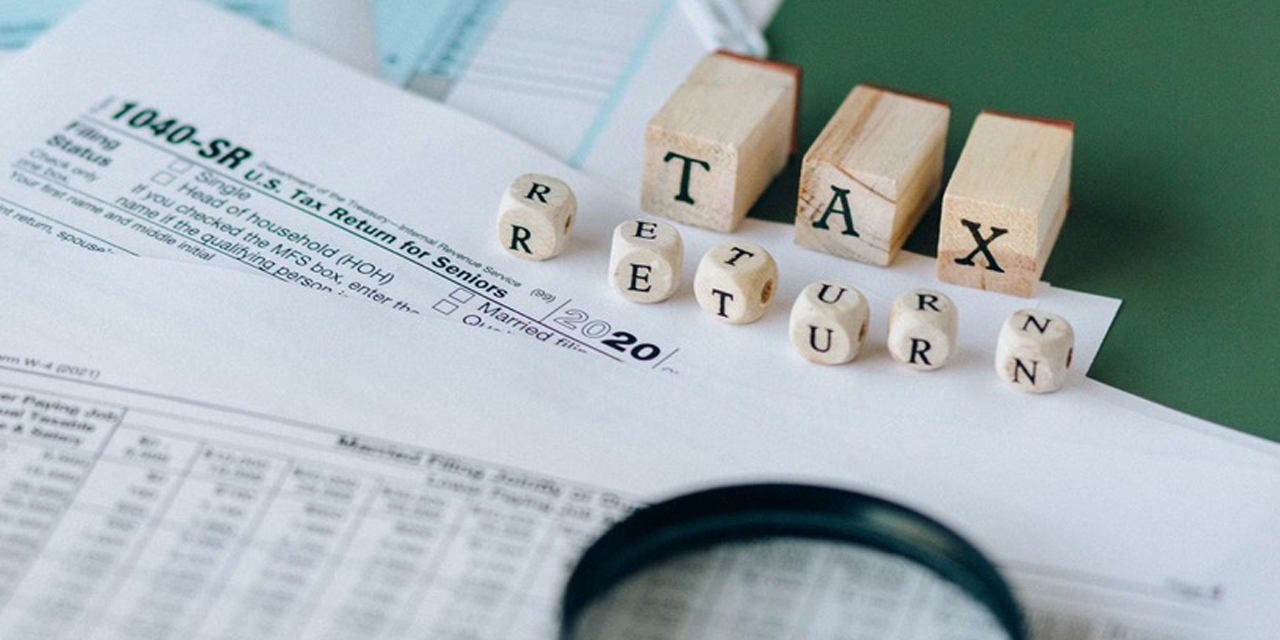- Featured
- 2 min read
Five Things You Need To Know About Tax Extensions

- Share via:
- Copy link
Did you see the recent poll that taxes are the top stressor for Americans? As the dreaded April 15 tax deadline approaches, there are so many misconceptions about extending one’s personal tax return, Form 1040. Let’s clear things up once and for all.
1. An extension does not increase your risk of an audit.
An extension, from April 15 to October 15, does not, in itself, increase your IRS audit risk. And no, it is not better to file right away and then amend later. An amendment does increase your audit risk.
2. Some forms won’t be available by April 15.
K-1s are the biggest headache for many taxpayers, and if you need to file one, I recommend getting a qualified tax planner involved. If you have invested in a partnership, trust or S-corp—even if indirectly through a broker during the tax year—you should wait to file your 1040 until the K-1 is received. Publicly traded partnership K-1s are available online, typically earlier in the year. However, most are not, and unfortunately, that business has until its extended tax deadline of September 15 to issue it to individuals. Another form that has been delayed the past couple of years is Form 5498, for health savings account contributions, which is not due until the end of May. You can estimate those amounts, but I’d rather be safe than sorry with the final figures.
3. The tax is always due by April 15.
Whether you extend or not, you are required to pay your tax due in full by this initial deadline. Otherwise, there will be late payment penalties, even if you extend your return.
4. You’ll still need to pay taxes through the year.
We are required to pay taxes due throughout the tax year itself. The IRS has a safe harbor approach to calculating that amount. It should be either:
• 100% (110% for high net wealth individuals) of the prior year’s tax due.
• 90% of your actual current tax due.
Otherwise, underpayment penalties can apply. Here’s a trick if you haven’t done this for the first (April 15), second (June 15), or third (September 15) quarters of the year: Withhold it on any W-2 wages you receive by December 31. W-2 withholdings apply evenly throughout the tax year to the IRS, no matter what date within the year.
many tax “preparers” are just that, retroactively inputting your data, and are not trained to analyze tax strategies and savings
5. There are things you can do to reduce taxes after the tax year.
There are many strategies available after the fact. Individual retirement account and HSA contributions can be made through April 15 of the following year, and employer retirement contributions, like a Simplified Employee Pension plan or 401(k) plan, can be made through September 15. There are also other deductions that can be retroactively applied, such as a cost segregation study on real estate.
Unfortunately many tax “preparers” are just that, retroactively inputting your data, and are not trained to analyze tax strategies and savings. If you have questions or a complicated tax situation, meet with a certified tax coach, such as through the American Institute of Certified Tax Planners, to explore tax planning opportunities to the fullest. Now go conquer April 15.
The information provided here is not investment, tax or financial advice. You should consult with a licensed professional for advice concerning your specific situation.
Read the original article written for Forbes Finance Council.
Popular blogs
Interviews, tips, guides, industry best practices, and news.
Picture this… you're out on the golf course, having a blast, when suddenly you stumble upo...
Business owners and entrepreneurs are always looking for legitimate and easy ways to save ...
Cryptocurrency and digital assets are rapidly evolving, and tax regulations are finally ca...
When you sell an investment property, the capital gains tax can put a big dent in your pro...
In the world of retirement savings, the Backdoor Roth IRA is a powerful strategy designed ...
